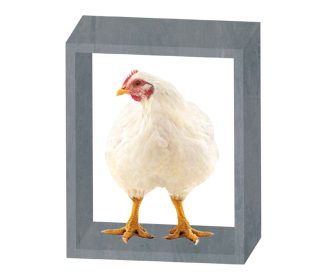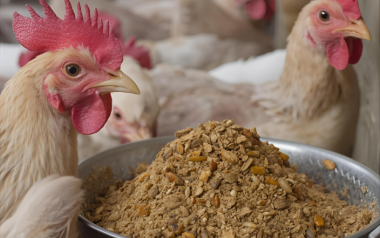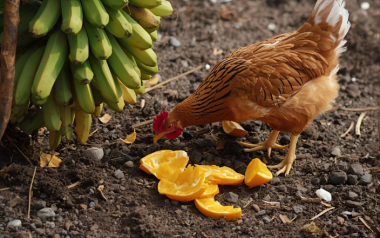04 Jan 2023
Understanding corn variability: Part I
Corn is the most common physical and biochemical factor affecting the bird’s intestines after drinking water. Therefore, its variability...
Corn is the most common feed ingredient used in poultry nutrition worldwide. Consequently, it is the most common physical and biochemical factor affecting the bird’s intestines after drinking water. Therefore, its variability has several effects during feed manufacturing and animal performance that will be discussed below.
- Maize contributes with up to 65% of the metabolizable energy and 20% of crude protein in poultry diets.
- Its average nutritional value is well known, but the variability in its energy value is a very common issue with a great impact on poultry performance and health.
Corn variability affects:
- feed processing,
- growth,
- feed conversion ratio,
- flock uniformity,
- digestibility,
- digesta viscosity,
- gut microbiota composition,
- intestinal health, and
- efficacy of exogenous enzymes
Poultry professionals can either forget about the sources of corn variability, keep using the same average values, consider corn as a stable commodity, and just deal with the multiple consequences that this variability brings in the final results.
An alternative pathway is to understand better the parameters affected for each factor, determine key indicators, measure them, and generate strategies in corn production and processing that minimize the variability.
We intend to contribute to spreading the understanding of corn variability. This first article on this topic will address recent advances in understanding the:
- Variability in corn composition
- Physicochemical properties
- Effects of thermal processing in corn grinding
This information was partially presented at the Arkansas Nutrition Conference in September 2021.
Variability in corn composition
In animal nutrition, yellow dent corn tends to be categorized by:
- Test weight per bushel
- Physical appearance
- Crude protein content
- Proximate analyses are used to estimate its energy values
However, the accuracy of estimating those energy values for feed formulation is
TO CONTINUE READING REGISTER IT IS COMPLETELY FREE
Access to articles in PDF
Keep up to date with our newsletters
Receive the magazine for free in digital version
REGISTRATION
ACCESS
YOUR ACCOUNT
LOGIN
Lost your password?







































